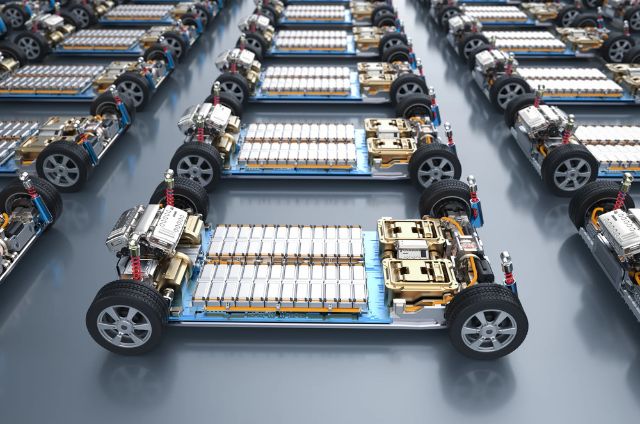From Waste to Wonder
Electric vehicle batteries don’t last forever. And when they die, they leave behind a mess—both physically and environmentally. But in Tavistock, England, a small company named Altilium is doing something big: turning shredded EV batteries into reusable minerals that can power the next generation of clean transport.
It starts with “black mass”, a fine powder made from pulverized old batteries. This gritty mix holds valuable ingredients like lithium, cobalt, nickel, and graphite—exactly what’s needed to build new batteries. The process is complex but full of promise.
EV Demand Is Soaring—And So Is the Problem
As EV adoption accelerates, the world needs more batteries. The International Energy Agency reports that one in five cars sold in 2023 was electric. But sourcing the metals needed for these batteries comes with a cost: mining impacts ecosystems, relies on unstable global supply chains, and often raises human rights concerns.
That’s why battery recycling is no longer optional—it’s essential. Recovering and reusing these minerals is key to building a circular, sustainable EV economy.
Inside the Lab
Altilium’s lab may look humble, but inside it’s all cutting-edge science. Using hydrometallurgy (a water-based system), their team separates metals from black mass with colorful liquids and precise chemistry. Toxic metals like nickel and cobalt are recovered, filtered, and prepared for reuse—minus the carbon-heavy emissions of traditional recycling methods.
They’re not just experimenting—they’ve already built functional battery cells from recycled materials.
A National Security and Climate PlayFor the UK and other nations, keeping these resources local means energy independence. Rather than exporting old batteries for processing, Altilium wants to build a closed-loop supply chain right at home.
If successful, their new plant will handle up to 150,000 EV batteries per year, at a 20% lower cost than traditional sources.
Big Potential, Big Questions
By 2040, over half of the lithium and nickel demand could be met through recycling. But we’re not there yet. Companies like Altilium are proving it’s possible—now they have to scale.



